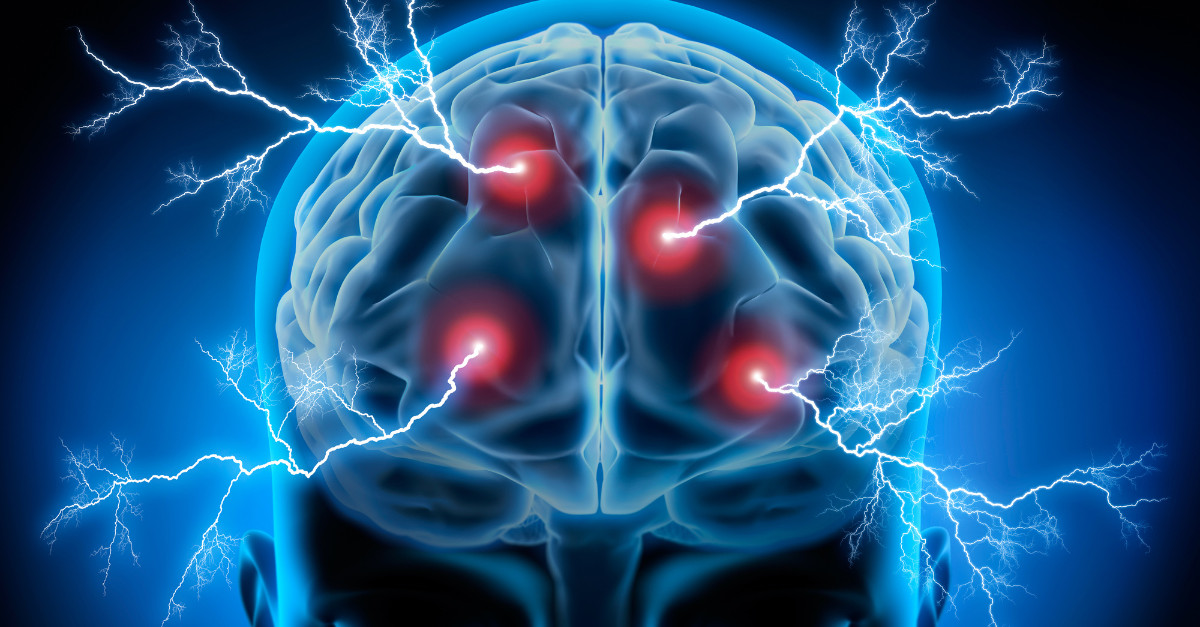The nervous system is the body’s command center, and its disorders can have far-reaching effects on health, independence, and well-being. From subtle cognitive changes to severe movement disorders, neurological conditions are a leading cause of disability worldwide. This blog explores the top 10 neurological diseases, their early symptoms, and the five most significant disorders affecting the nervous system.
What Are the Top 10 Neurological Diseases?
The top 10 neurological diseases contributing to global health challenges include:
-
Stroke
-
Alzheimer’s disease and other dementias
-
Parkinson’s disease
-
Epilepsy
-
Multiple sclerosis (MS)
-
Migraines
-
Diabetic neuropathy
-
Meningitis
-
Autism spectrum disorder
-
Nervous system cancers
These conditions are not only common but also have a profound impact on individuals and families.
5 Diseases Associated with the Nervous System
Among the many neurological disorders, five stand out for their prevalence and severity:
-
Alzheimer’s Disease: Progressive memory loss and cognitive decline
-
Parkinson’s Disease: Tremors, muscle rigidity, and movement difficulties
-
Epilepsy: Recurrent seizures due to abnormal brain activity
-
Multiple Sclerosis (MS): Immune-mediated damage to nerve coverings, leading to varied neurological symptoms
-
Stroke: Sudden loss of brain function due to interrupted blood flow
Early Symptoms of Neurological Disorders
Early symptoms of neurological disorders can be subtle but should not be ignored. These may include:
-
Mild memory lapses or confusion
-
Slight changes in vision or speech
-
Occasional numbness or tingling
-
Minor balance or coordination problems
-
Unexplained headaches or migraines
Prompt recognition and medical evaluation can prevent complications and improve long-term outcomes.
Recognizing Neurological Disorders Symptoms
The symptoms of neurological disorders are diverse, but some of the most common red flags include:
-
Persistent headaches or migraines
-
Muscle weakness or paralysis
-
Loss of sensation or tingling
-
Tremors or involuntary movements
-
Difficulty with speech or comprehension
-
Vision changes (blurred or double vision)
-
Seizures
-
Cognitive impairment (memory loss, confusion)
-
Loss of coordination or balance
If you experience any of these symptoms—especially if they are new, severe, or worsening—it’s important to seek medical attention.
Causes of Neurological Disorders
The causes of neurological disorders are wide-ranging and often complex. They include:
-
Genetic predisposition: Some neurological diseases, such as Huntington’s or certain forms of epilepsy, run in families.
-
Infections: Meningitis, encephalitis, and other infections can damage the nervous system.
-
Trauma: Accidents or injuries can cause brain or spinal cord damage.
-
Toxins: Exposure to chemicals or heavy metals may result in neurological symptoms.
-
Degeneration: Conditions like Alzheimer’s and Parkinson’s involve progressive nerve cell loss.
-
Autoimmune reactions: The immune system may attack nerve tissues, as in multiple sclerosis.
Understanding these causes helps in both prevention and targeted therapy.
Neurological Disorders in Adults
Neurological disorders in adults are increasingly common due to aging populations and lifestyle factors. Adults are particularly susceptible to degenerative diseases such as Alzheimer’s, Parkinson’s, and stroke. Chronic conditions like diabetic neuropathy and migraines also become more prevalent with age. Early diagnosis, comprehensive care, and ongoing support can help adults maintain independence and quality of life.
Neurological Disorders Treatment
Neurological disorders treatment is tailored to the specific disease and the patient’s unique needs. Common approaches include:
-
Medications: To control symptoms or slow disease progression (e.g., anti-seizure drugs, dopamine agonists, pain relievers).
-
Physical, occupational, and speech therapy: To aid rehabilitation and maintain function.
-
Lifestyle modifications: Exercise, a healthy diet, and stress management can help minimize symptoms and improve overall well-being.
-
Psychological support: Cognitive behavioral therapy (CBT) and counseling are effective for mood or behavioral symptoms.
-
Surgical interventions: For tumors, severe epilepsy, or structural abnormalities.
For those seeking advanced and innovative therapies, regenerative medicine is showing promise. Clinics like PCT Panama offer cutting-edge stem cell therapies that aim to repair and restore nervous system function, providing new hope for patients with chronic or degenerative neurological conditions.
Taking Action and Finding Support
Living with a neurological disorder can be challenging, but early detection, a multidisciplinary approach, and access to the latest treatments can make a significant difference. If you or a loved one notices persistent neurological symptoms, don’t wait—consult a healthcare provider promptly. Staying informed and proactive is key to managing these conditions.
For those interested in exploring advanced options, PCT Panama provides information about regenerative therapies and personalized care plans for a wide range of neurological disorders.
Conclusion
Neurological disorders are a leading cause of disability and reduced quality of life, but awareness, early recognition, and advances in treatment offer real hope. By understanding the early symptoms, knowing the most common and severe diseases, and seeking timely care, you can take control of your neurological health. For more information on innovative therapies and support, visit PCT Panama and discover new possibilities for a healthier future.


